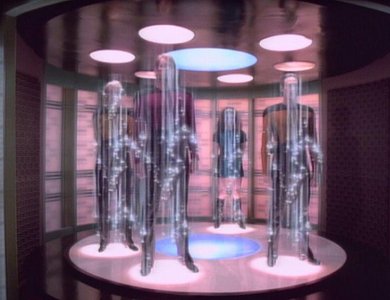In California, they were having issues with non-Disney resort guests,
Disneyland hotel guests, and
Pixar Place guests using the exclusive Grand Cal entrance to DCA.
So, what did they do? They gated the walkways and added security to tell people they could only go into the Grand Cal lobby from the main entrance if they are guests at GC. They also opened a separate pathway right by the
DVC wing at Grand Cal with another security gate to DCA exclusive to anyone staying at any of the 3 Disney resorts.
Now, people can still overrun the Grand Cal lobby by exiting DCA into the resort or by entering through Downtown Disney…. but they at least added options to alleviate some of the congestion.
So YES, Disney told paying guests of the Disneyland Hotel and Pixar Place that they could NOT just waltz over into the main Grand Cal entrance to use it as a cut through to DCA in the mornings. That is a benefit for paying guests of GC and VGC.


 That's not fair! *stomp stomp stomp*
That's not fair! *stomp stomp stomp* 

